Have you ever been outside enjoying the serene beauty of nature only to be startled by a loud, unexpected noise? It’s likely you shared that moment with one of the many surprisingly noisy animals found across the United States. While we often think of the animal kingdom’s cacophony being dominated by roaring lions or trumpeting elephants, there are several U.S. natives that pack quite the auditory punch.
1. The Booming Bullfrog

Imagine a peaceful night by the pond, stars twinkling overhead, when suddenly you’re greeted by a deep, resonant “jug-o’-rum” sound. Meet the bullfrog, whose calls can be heard echoing for up to a mile across a still body of water. These amphibians are known for their loud and distinctive calls, especially during the mating season when males compete for the attention of females. According to the National Geographic Society, a bullfrog’s call is not only a mating ritual but also a way to establish territorial dominance among males. Their vocal prowess is so significant that it can even deter potential predators, making these frogs both lovers and fighters.
The bullfrog’s calls are produced by inflating their vocal sacs, which amplify the sound much like the acoustic properties of a balloon. This natural amplification allows their calls to cut through the ambient noise of their surroundings, making them one of the most vocal frogs in North America. While their calls are usually associated with warm summer nights, bullfrogs have been known to vocalize during the day as well, especially during cloudy weather. This vocal tenacity has made them a subject of interest among researchers who study animal communication and behavior.
2. The Chattering Chipmunk
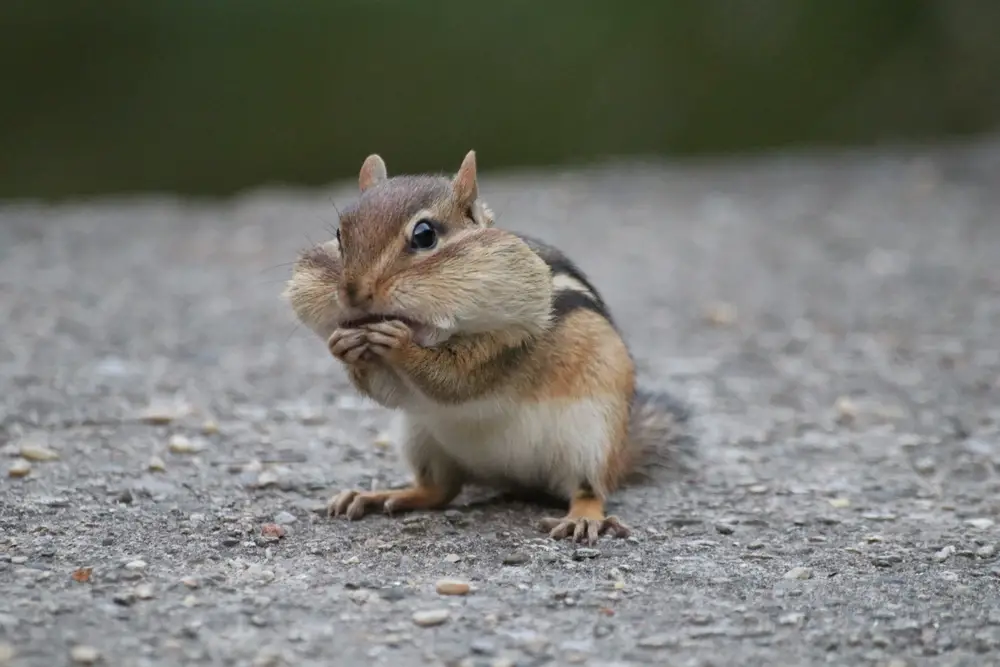
You might think of chipmunks as adorable, silent creatures darting through the underbrush, but these small rodents are actually quite the chatterboxes. Chipmunks make a variety of sounds such as chips, chucks, and clucks, which they use to communicate with each other and ward off intruders. Interestingly, their vocalizations change depending on the threat level of a predator. For instance, a high-pitched “chip” might indicate a ground predator like a snake, whereas a lower “chuck” could signal the presence of a bird of prey. This sophisticated vocal repertoire allows chipmunks to convey specific messages to others in their colony, showcasing their complex social dynamics.
Their vocalizations are often mistaken for bird calls, which can surprise even the most seasoned nature enthusiasts. Chipmunks are especially vocal during the breeding season and when gathering food for winter. This constant chatter serves as an alert system to help them avoid danger while going about their daily routines. According to the National Wildlife Federation, these calls play a crucial role in maintaining the balance between caution and foraging in chipmunk communities.
3. The Thunderous American Alligator
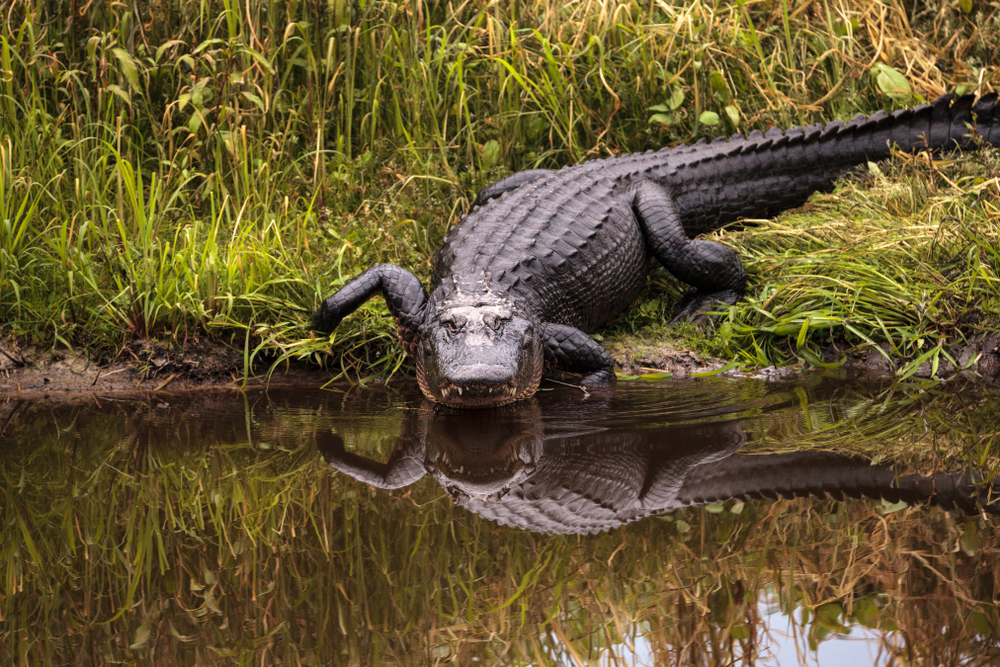
While you might not automatically associate reptiles with loud noises, the American alligator can certainly make its presence known. During the mating season, male alligators produce a series of loud roars that can be heard over long distances. Known as a “bellow,” this sound is a low-frequency rumble that resonates through water and air, warning off rivals and attracting potential mates. The unique anatomy of an alligator allows it to produce such powerful sounds; specially adapted vocal cords and air sacs in their throats amplify their calls. According to Earth Sky, these bellows are crucial for breeding success and territorial defense.
Alligator bellows are most commonly heard in the springtime as males assert their dominance in the murky waters of the southeastern U.S. These sounds are not just random noise; they carry important information about the size and strength of the vocalizing male. Larger males are capable of producing deeper, more resonant bellows, which can intimidate smaller rivals and attract more females. This acoustic display is a testament to the complex communication systems found in the animal kingdom. If you find yourself near a swamp and hear a thunderous roar, it’s likely you’re in the presence of one of these powerful reptiles.
4. The Loudmouthed Northern Mockingbird
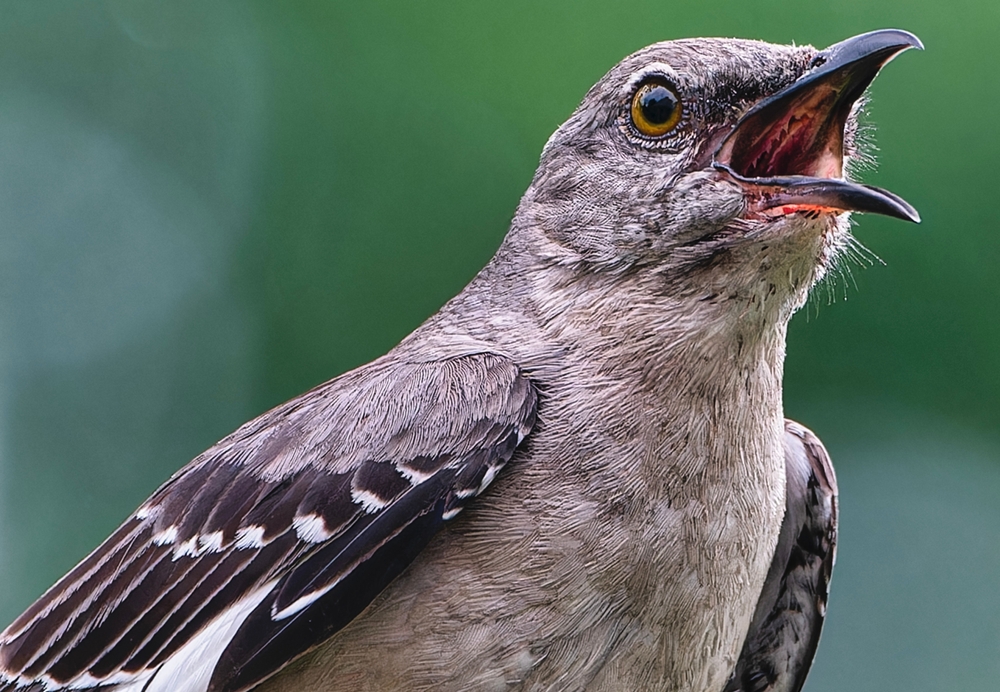
If there’s one bird that could win an avian karaoke contest, it’s the Northern Mockingbird. Known for their ability to mimic a wide range of sounds, including other birds, animals, and even mechanical noises, these songbirds are incredibly vocal. A single mockingbird can have a repertoire of up to 200 different tunes that they cycle through, often switching from one to another in rapid succession. This impressive mimicry is not just for show; it plays a crucial role in their territorial defense and mating rituals. Male mockingbirds use their vast array of sounds to impress potential mates while warding off competitors, making them quite the crooners of the bird world.
Mockingbirds are especially conspicuous during the breeding season, which runs from spring to late summer. During this time, males are known to sing both day and night, filling the air with their melodic performances. Their relentless singing can sometimes be a source of frustration for those attempting to catch some shuteye, but it’s a testament to their tenacity and adaptability. Interestingly, mockingbirds are also known to be aggressive defenders of their nests, often attacking much larger animals and even humans if they feel threatened.
5. The Screeching Red Fox
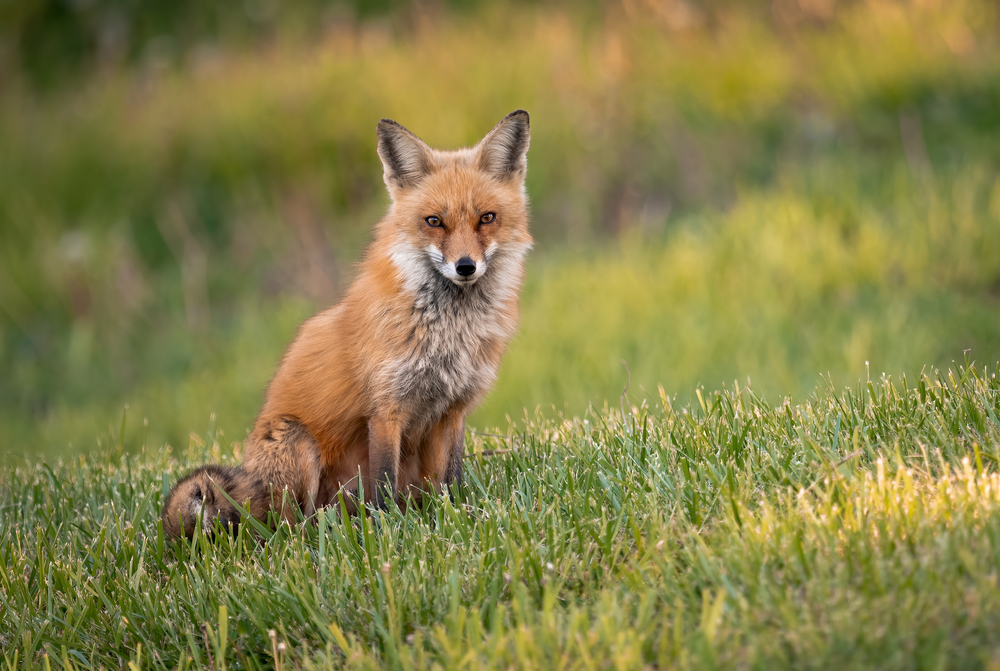
While foxes are typically associated with cunning and stealth, the red fox is known for its distinctive and eerie vocalizations. One of the most recognizable sounds they make is a high-pitched scream, often described as a “vixen’s scream,” which is used primarily during the breeding season. This scream can catch people off guard, especially those unfamiliar with the vocalizations of foxes, and is often mistaken for the cries of a distressed human. The purpose of this call is to attract mates and establish territory, making it an essential part of the red fox’s reproductive strategy.
In addition to the vixen’s scream, red foxes have a variety of other sounds in their vocal arsenal, including barks, howls, and yelps. These sounds are used in different contexts, such as greeting family members or warding off potential threats. Foxes are highly social animals, and their vocalizations play an important role in maintaining the social structure of their packs. Their ability to produce such a wide range of sounds is a testament to their adaptability and intelligence.
6. The Whooping Sandhill Crane
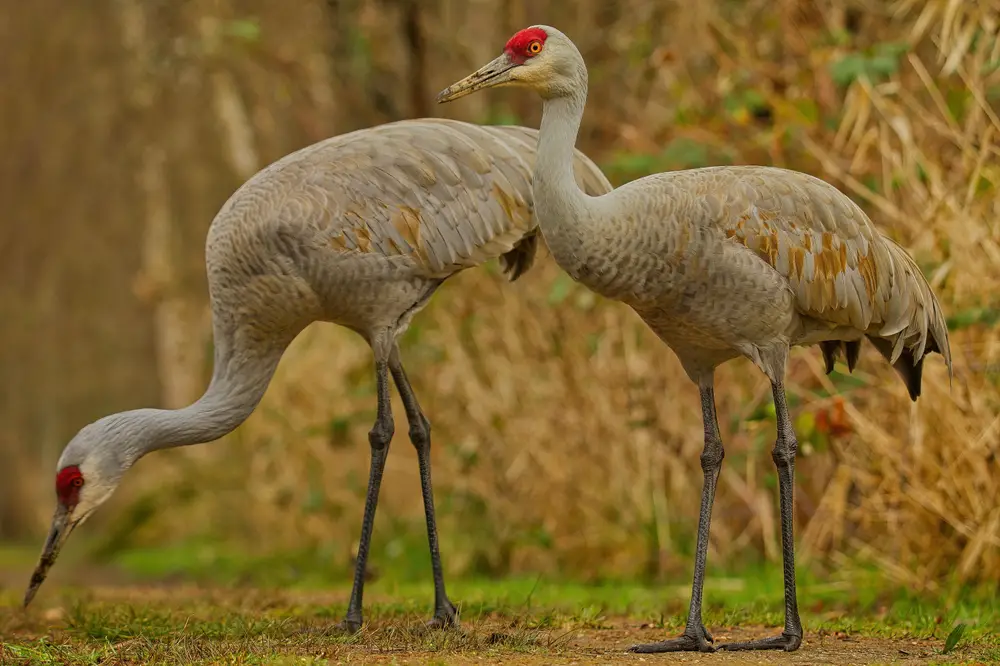
Sandhill Cranes are among the tallest birds in North America, and their loud, trumpeting calls are a hallmark of their presence. These calls can be heard up to 2.5 miles away and are often described as a “whooping” sound, which they use to communicate with their mates and young. The cranes are particularly vocal during their migration and breeding seasons, when forming and maintaining pair bonds is crucial. These sounds are produced by a specialized anatomy that includes elongated tracheae, which function much like a trombone to amplify their calls.
In addition to their whooping sounds, Sandhill Cranes perform elaborate dances that involve bowing, leaping, and wing-flapping, often accompanied by their vocalizations. These displays play a vital role in courtship and social bonding among the cranes. Their calls and dances are also a way to establish territory and deter potential rivals, ensuring that they have access to the best nesting sites and food resources. If you’re lucky enough to witness a group of Sandhill Cranes in the wild, you’ll experience not only their impressive vocalizations but also the beauty and grace of their movements.
7. The Cacophonous Great Horned Owl
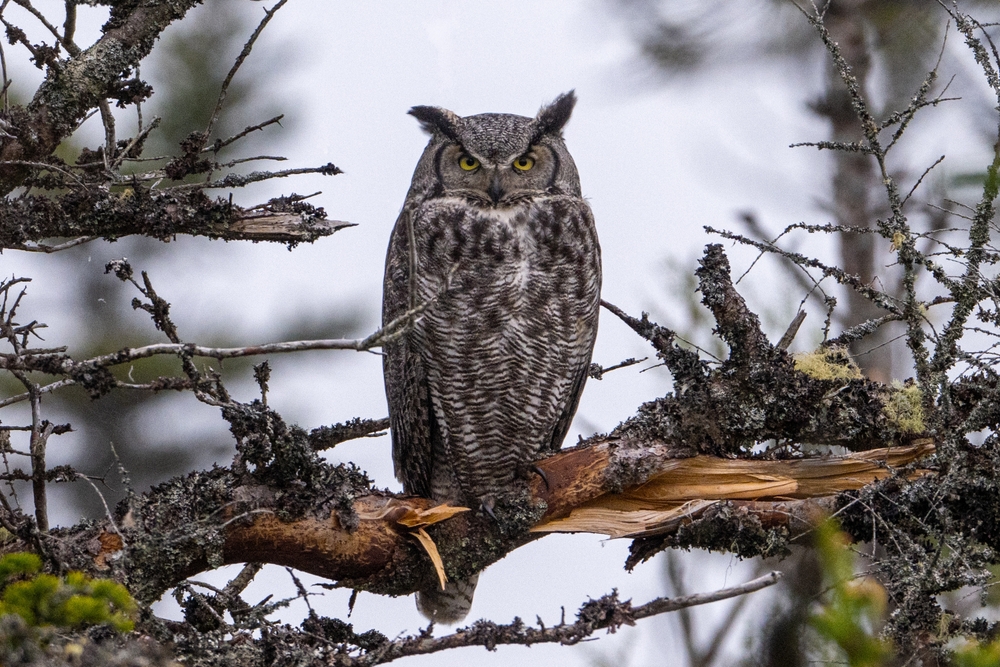
The Great Horned Owl is a master of stealth when hunting, but it can also be quite noisy, especially during the breeding season. Known for their iconic “hoo-hoo-hoo” call, these owls use their vocalizations to communicate with mates and define their territories. Their calls are not only loud but also eerie, often echoing through forests and open fields during the night. The male and female owls often perform a duet, with the male’s deeper voice complementing the female’s higher-pitched calls, creating a haunting but beautiful soundscape.
In addition to their hooting, Great Horned Owls are known to hiss, scream, and even click their beaks as a form of communication or when they feel threatened. These additional sounds add to their complex vocal repertoire, allowing them to convey a variety of messages to other owls and potential threats. Their ability to produce such a wide range of vocalizations is a testament to their adaptability and intelligence as top predators in their ecosystems.
8. The Yapping Coyote
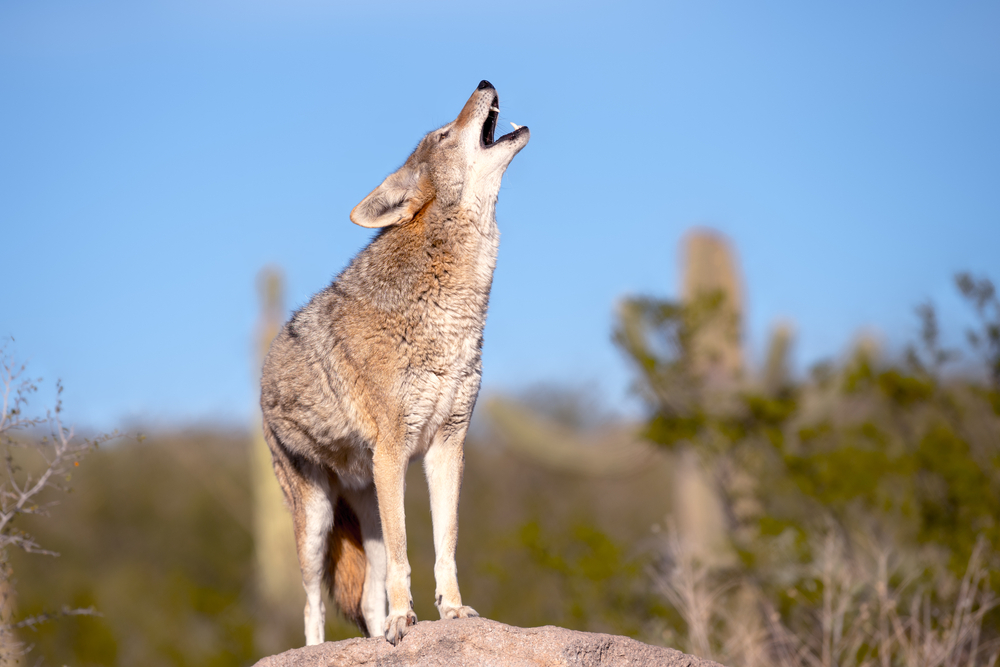
Coyotes are known for their adaptability and cunning, but they are also highly vocal animals, often heard howling, yipping, and barking across the landscape. These vocalizations are a key part of their social structure, helping to maintain pack cohesion and establish territories. The iconic howl of a coyote is often used to communicate with distant pack members, while shorter yips and barks can signal a variety of other messages, such as warnings or greetings. Interestingly, a single coyote’s howl can sound like multiple animals, creating the illusion of a larger pack and deterring potential threats.
Coyotes are most vocal during the breeding season in late winter, but they can be heard throughout the year, particularly at dusk and dawn. Their vocalizations can be unsettling for those not used to hearing them, as they echo across open plains and forests, often making it difficult to pinpoint their exact location. This auditory illusion is a strategic advantage for coyotes, allowing them to communicate without revealing their position to prey or predators.
9. The Barking Prairie Dog
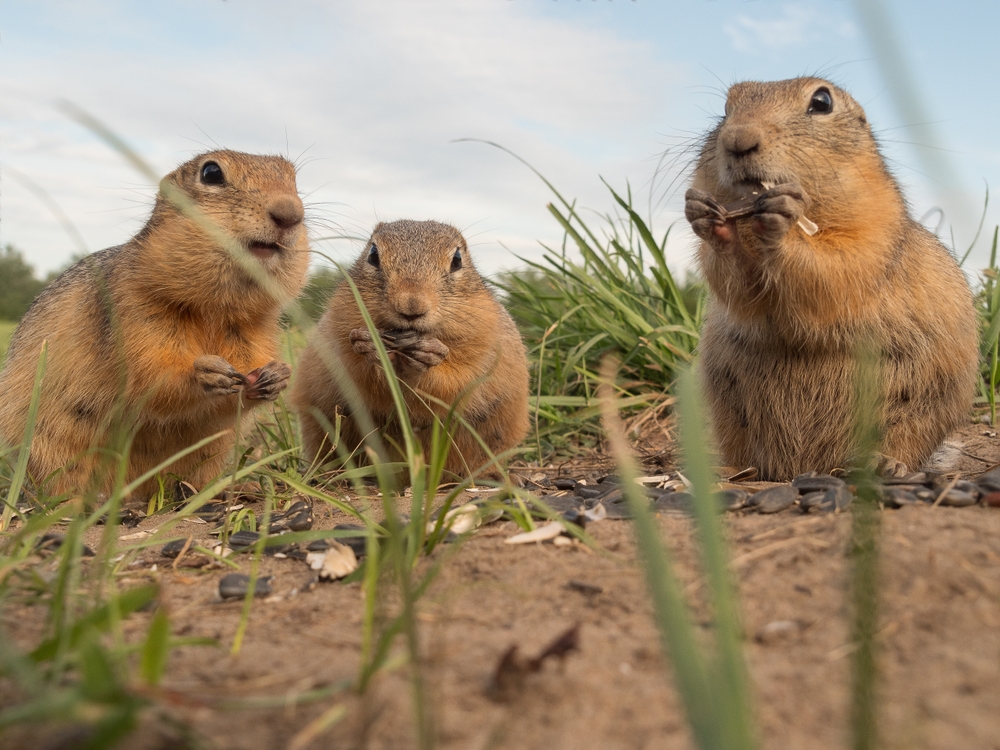
Despite their small size, prairie dogs are incredibly social and vocal animals, known for their distinctive “bark” that gives them their name. These rodents live in large colonies, or “towns,” where communication is essential for maintaining social bonds and alerting others to danger. Prairie dogs have a complex communication system, with different calls indicating various types of predators, such as hawks, snakes, or humans. Their ability to convey detailed information about threats is a testament to their intelligence and social complexity.
In addition to their warning calls, prairie dogs use vocalizations to express other social behaviors, such as greetings or establishing dominance. These sounds are often accompanied by physical gestures, such as tail flicks or body postures, to reinforce the message being sent. Their vocal and physical communication is crucial for the cohesion and survival of their colonies, allowing prairie dogs to thrive in the open grasslands where they live.
10. The Roaring Elk
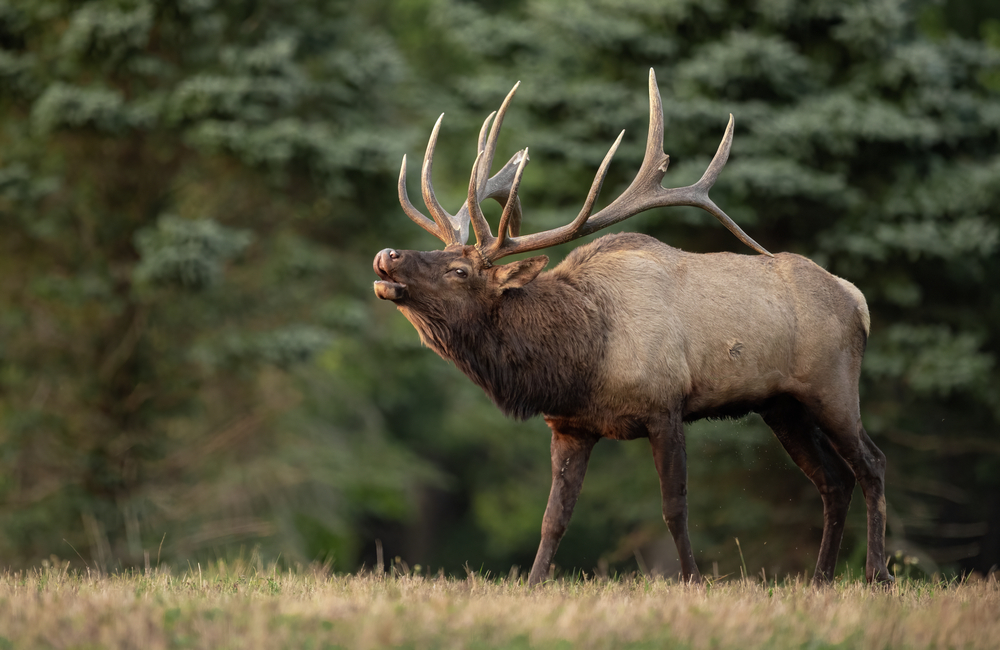
During the rutting season, the sound of a bull elk’s bugle is a powerful and memorable experience, echoing through the mountains and forests. This loud, high-pitched call is used to attract females and challenge rival males, playing a crucial role in their breeding rituals. The bugle begins with a series of low, guttural sounds, followed by a rising whistle that can carry for miles. The sheer volume and intensity of an elk’s bugle can be surprising, especially if you’re lucky enough to hear it up close in the wild.
In addition to bugling, elk communicate with various other sounds, such as barks, grunts, and mews, which they use to express different social behaviors and maintain herd cohesion. The vocalizations of elk are an essential part of their social structure, helping to establish dominance hierarchies and facilitate interactions among group members. Their ability to produce such a wide range of sounds is a testament to their adaptability and intelligence.
11. The Drumming Ruffed Grouse
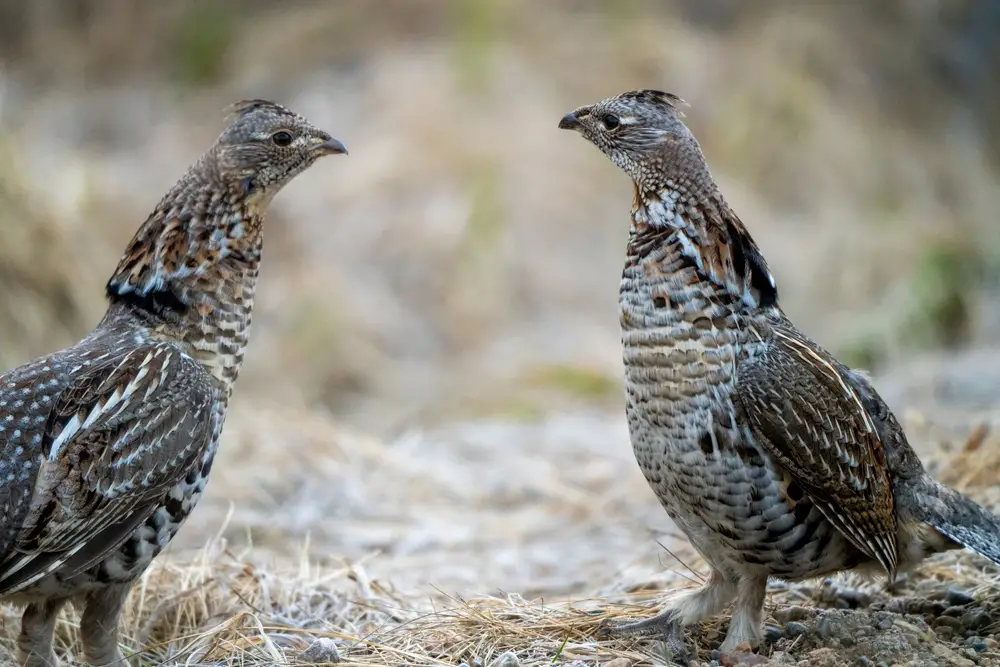
The Ruffed Grouse is a master of percussion, known for its distinctive drumming sound that can be heard echoing through the forest. This sound is produced by the male grouse beating its wings against the air, creating a low-frequency thump that resonates over long distances. The drumming serves as a territorial display, warning other males to stay away and attracting potential mates. It’s an impressive feat of natural engineering, as the grouse’s wings create a rapid series of beats that mimic the sound of a distant engine.
The drumming of the Ruffed Grouse is most commonly heard during the spring breeding season, when males are especially active in establishing and defending their territories. In addition to their drumming, grouse are known for their distinctive calls, which they use to communicate with other members of their species. Their vocalizations and drumming are an essential part of their social and reproductive behaviors, helping to maintain the balance of their forest ecosystems.
12. The Squawking Blue Jay
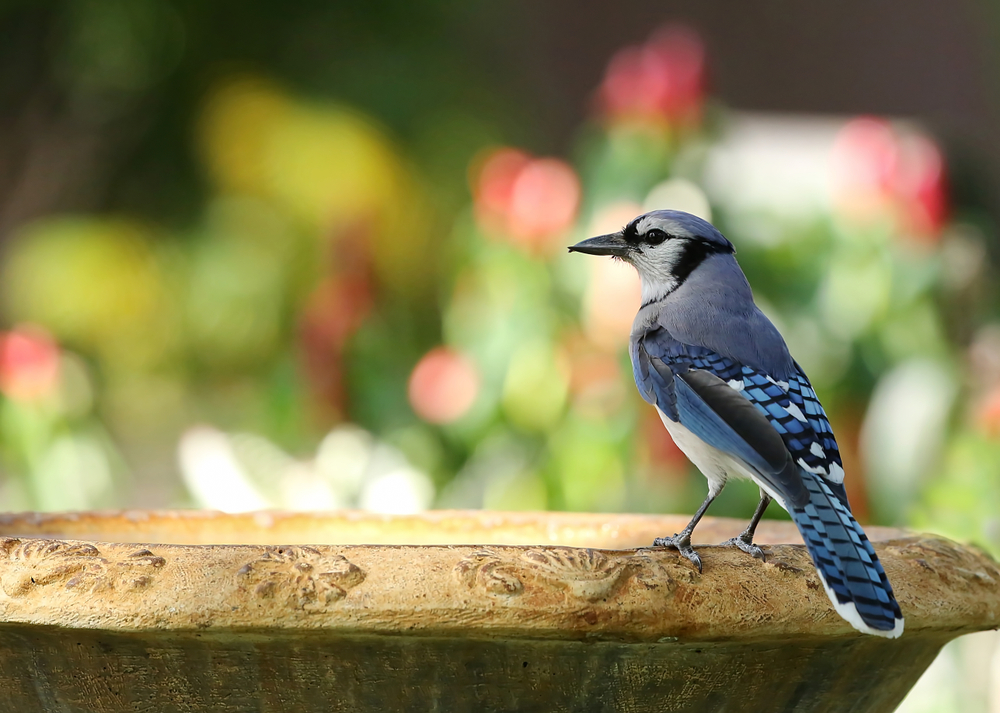
Blue Jays are known for their striking appearance and bold personalities, but they are also one of the most vocal birds in North America. With a wide range of calls, Blue Jays are capable of mimicking other birds and even mechanical noises, making them quite the avian vocalists. Their loud, raucous “jay-jay” call is unmistakable and often used to alert other birds of potential danger. In addition to their alarm calls, they produce a variety of other sounds, such as whistles, clicks, and musical notes, which they use for communication and social interaction.
Blue Jays are highly intelligent and social birds, and their vocalizations reflect their complex behaviors and interactions with other species. They are known to form loose flocks and work together to mob predators, using their calls to coordinate their efforts and ward off threats. Their vocal agility and social intelligence make them a fascinating subject for researchers studying avian communication.
